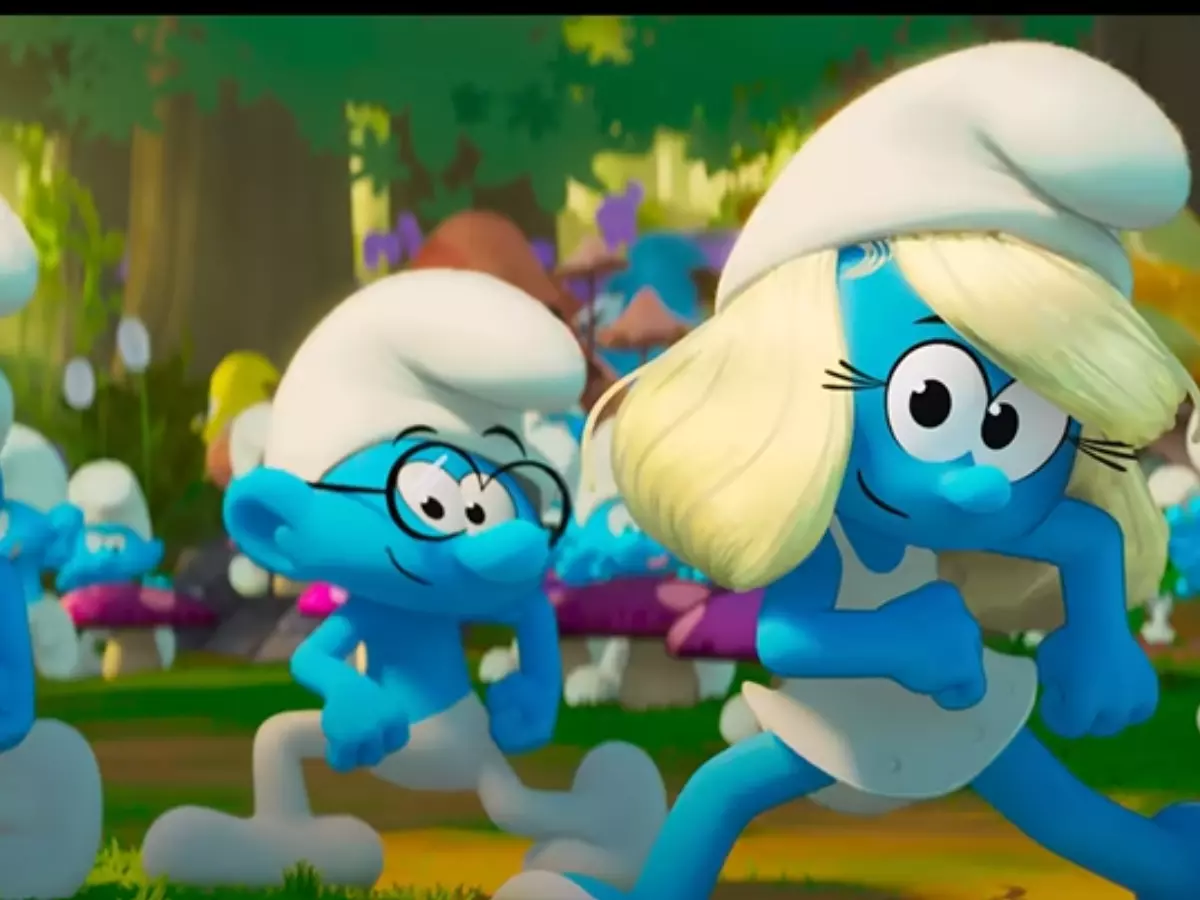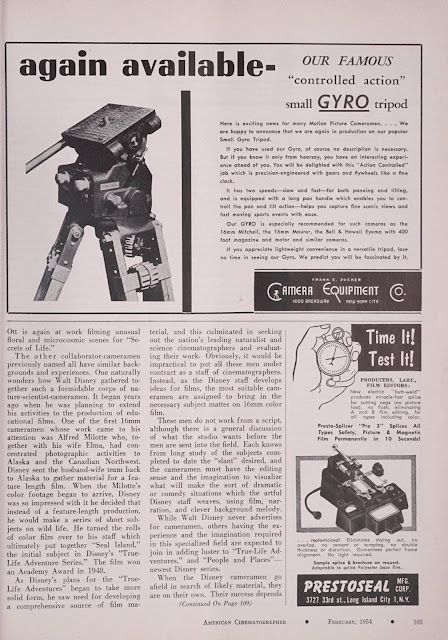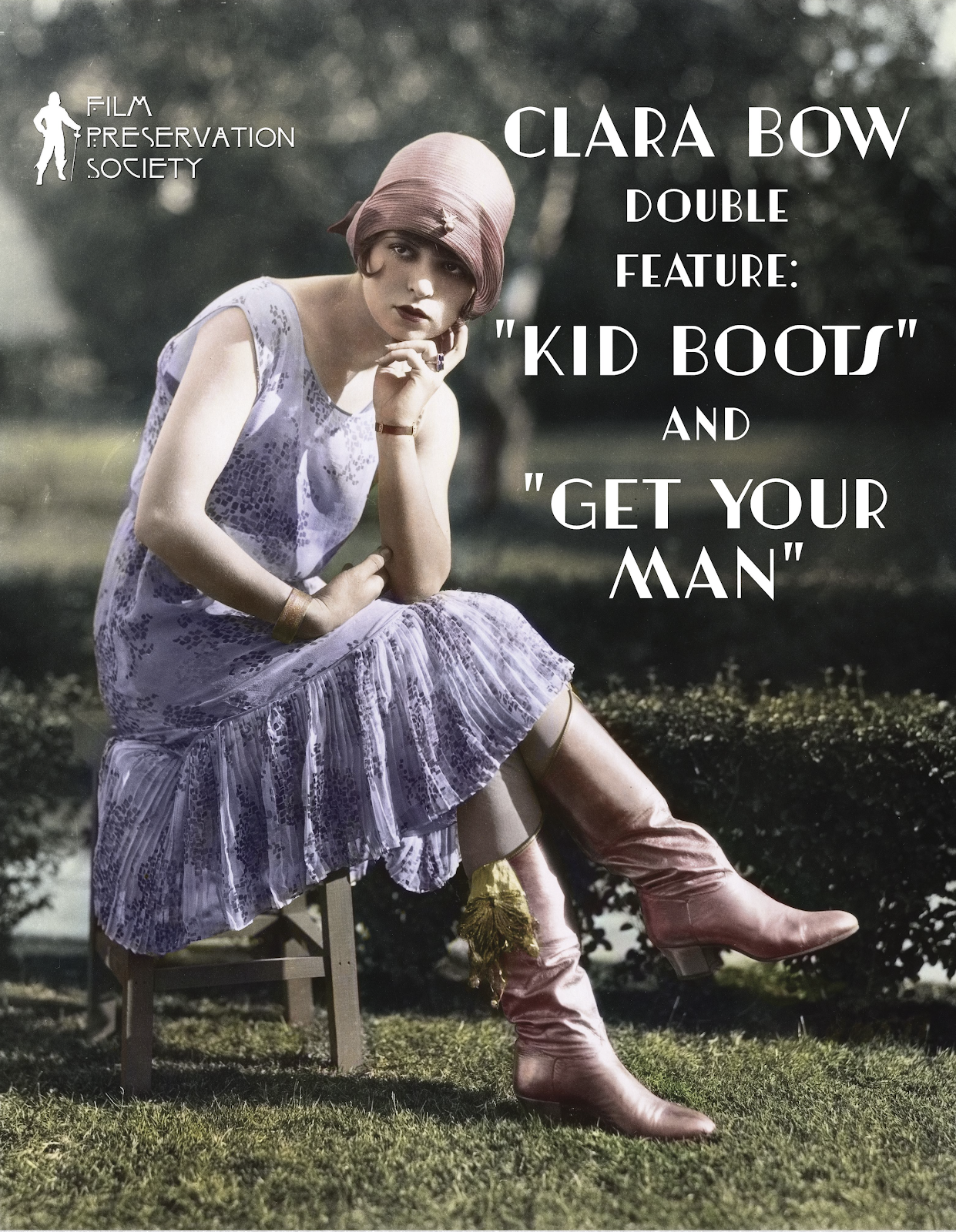
The Invincible Iron Man marked the third in a series of direct to video animated Marvel movies (it was preceded by Ultimate Avengers: The Movie (2006) and Ultimate Avengers 2: Rise of the Panther (2006)). It also predates the first of the live action Iron Man movies by a little more than a year making this Iron Man's first solo feature film.
In this film, despite resistance from Stark Industries Board of directors, Tony Stark uncovers an ancient Chinese city and accidently releases an ancient evil. To the villain Mandarin from being brought back to life, Tony creates an armor suit and becomes the superhero Iron Man.
Though this movie does not reach the heights of the MCU Iron Man movies (especially the first and third one), it is an enjoyable film. Tony Stark here is exactly the character we all know and love. Like all the best versions of this character, he is very flawed here, but it is how he overcomes his flaws and does the right thing that makes him so appealing. The storyline is very basic and predictable. However, it does its job well enough and allows for some surprisingly good emotional moments as Tony deals with having let down his father. The scenes between Tony and his father are excellent. The action scenes are quite fantastic and often the highlight of the movie. These scenes are quite exciting, very well paced and have a great sense of scale. The animation in these scenes is also surprisingly quite good for a direct to video movie. Though the animation may not be quite as great in other parts of the movie, this is made up for by strong character design. The background art is also very strong creating a great sense of atmosphere to the scenes in China.
What this movie lacks though is the presence of a strong villain. Most of the villains receive so little screen time that they are not properly developed. Some of these villains are so bland and forgettable that they simply run together in your mind. There is a twist villain at the end but frankly this comes off as too little too late.
This film's directors are Patrick Archibald, Jay Oliva and Frank Paur. All three of these directors will have work that is immediately familiar to fans of superhero animation. Frank Paur had directed episodes of such popular superhero cartoon shows as Batman: The Animated Series, X-Men Evolution and The Avengers: Earth's Mightiest Heroes. He would later be a director on the Marvel animated direct to video movies Doctor Strange (2007) and Planet Hulk (2010). As well as being a director Paur also worked as a character designer for this movie. Jay Oliva was a director on many direct to video superhero movies including Doctor Strange, Next Avengers: Heroes of Tomorrow (2008), Batman: The Dark Knight Returns Part 1 (2012), Batman: The Dark Knight Returns Part 2 (2013), Justice League: The Flashpoint Paradox (2013) and many more. Oliva also worked as a storyboard artist on many of the live action theatrical movies for both DC and Marvel. Patrick Archibald directed episodes of the animated TV shows Spider-Man Unlimited and Hulk and the Agents of S.M.A.S.H. He would again serve as director on the next direct to video animated Marvel movie, Doctor Strange. He also served as a storyboard artist on the animated TV shows, Static Shock, Wolverine and the X-Men, The Super Hero Squad Show and The Avengers: Earth's Mightiest Heroes.
Based on a story by himself, Avi Arad and Craig Kyle, the screenplay was written by Greg Johnson. Greg Johnson had written episodes of such animated superhero TV shows as X-Men Evolution, Wolverine and the X-Men and Spidey and His Amazing Friends. He also would write for such direct to video animated Marvel movies as Ultimate Avengers: The Movie, Ultimate Avengers 2: Rise of the Panther, Doctor Strange, Next Avengers: Heroes of Tomorrow, Planet Hulk and Thor: Tales of Asgard (2011).













.jpg)




